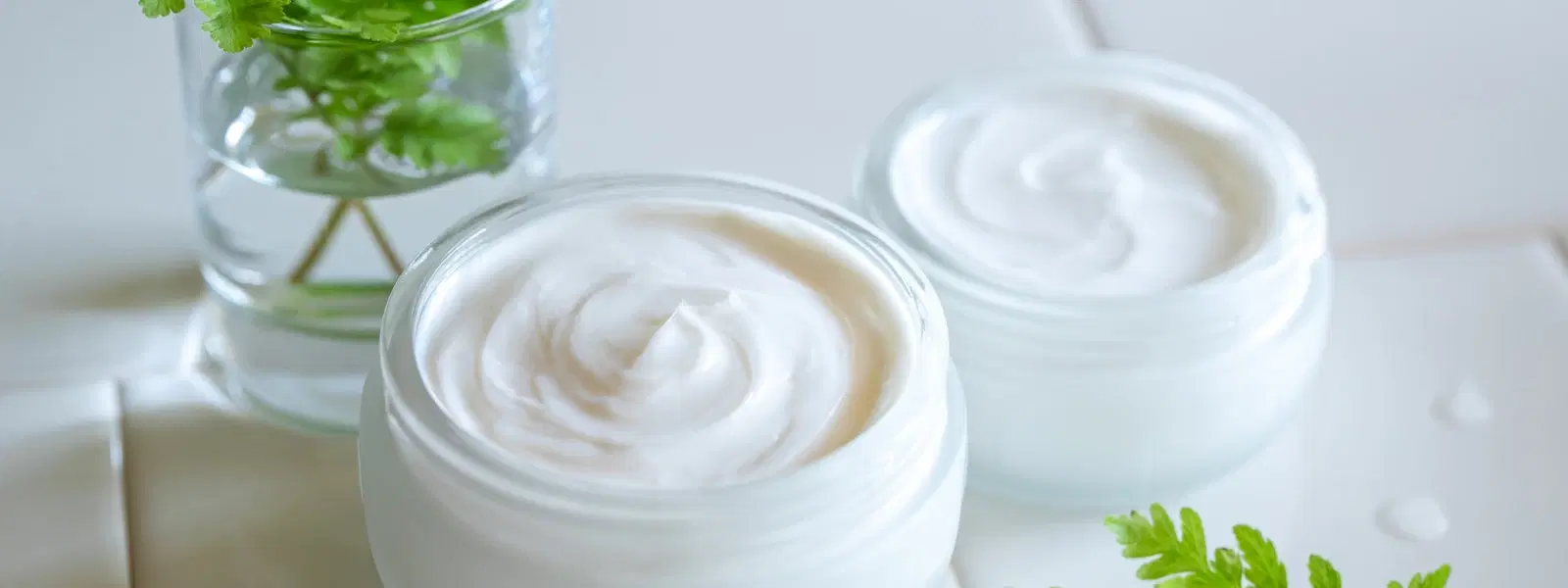
Beauty & Skincare
•04 min read
-5ba1f1f6-995b-4617-a1ff-43890351cff7.png&w=3840&q=75)
Maintaining skin moisture balance is crucial for healthy, radiant skin. In this guide, you'll learn what is moisture content and why it matters for your skin's health. We will explore hydration vs moisture in skin, recognize the signs of dehydrated skin, and provide a clear checklist to help you achieve a moisturizing skincare routine that maintains optimal skin hydration levels.
Moisture content refers to the amount of water present in a substance, including your skin. This measure is vital because it affects your skin's elasticity, texture, and natural barrier. A proper balance is key, as imbalances lead to issues such as dryness, dullness, or irritation. The importance of moisture in skincare lies in its role in keeping skin resilient against the effects of environmental stress and reducing the effects of low skin moisture that can accelerate aging and cause discomfort.
Hydration focuses on replenishing water within the skin cells, while moisture refers to your skin’s capacity to maintain that water. Maintaining both skin hydration levels and moisture is essential for a healthy complexion. A moisturizing skincare routine that includes both hydrating and moisture-retaining ingredients can help preserve your skin’s natural balance, ensuring it stays supple and luminous throughout the day.
It is important to notice when your skin is not receiving the care it needs. Dehydrated skin can often feel tight and may show visible signs of dullness. Key signs include a rough texture, flakiness, and occasional itchiness. These signs can indicate that your skin is lacking essential hydration, prompting you to adjust your routine to improve moisture content in beauty products for healthier skin.
When your skin is not retaining enough moisture, it can lead to a compromised barrier and increased vulnerability to environmental damage. Not only does this accelerate the aging process, but it also makes the skin more prone to inflammation and redness. Recognizing the effects of low skin moisture early on allows you to resume protective measures in your skincare regimen, proving how really important moisture is for lasting skin vitality.
Knowing how to measure skin moisture is the first step in building your ideal skincare routine. Some effective approaches include using moisture analyzers that measure water content in the skin, visiting professionals for detailed skin assessments, and even home observation methods. Observing the visible signs such as dullness, dryness, or occasional oiliness can also help you understand your skin's hydration status. These measures help guide you in selecting the best products for skin hydration and care.
-9872eb55-9af0-4022-8644-bd8f05e8333e.png&w=3840&q=75)
Insight Corner: The Science of Skin Moisture
Did you know? Regular measurement of your skin’s moisture content can guide you in customizing your skincare routine for optimal results. Understanding your unique skin needs empowers you to maintain a balance between hydration and moisture, ensuring your skin remains vibrant and healthy.
Kick off your routine with a non-stripping cleanser. Choose one that cleanses impurities while preserving your skin’s natural oils. This is key for maintaining both hydration and the ability of the skin to retain moisture, ensuring the right environment for subsequent skincare steps.
Look for products packed with humectants such as hyaluronic acid or glycerin. These ingredients draw water into your skin cells to boost skin hydration levels. This step helps provide a base that is primed for absorbing and retaining moisture, allowing your skin to benefit fully from your moisturizing routine.
To secure the hydration within, use moisturizers enriched with emollients like ceramides and occlusives like shea butter. These ingredients create a protective barrier that locks in moisture, offering long-lasting nourishment and defending against the effects of low skin moisture that can compromise your skin’s integrity.
Daily sunscreen use is essential in safeguarding your skin. Additionally, integrating antioxidants in your routine can help fight free radicals and environmental damage. Such protective measures play a significant role in maintaining skin moisture balance and supporting a resilient, glowing complexion.
Your skincare routine works best when paired with internal care. Drinking enough water and consuming water-rich foods like cucumbers and melons can significantly boost your overall hydration status. This internal hydration supports your skin’s moisture content, working together with external products for optimal effects.

Serums that contain hyaluronic acid are excellent for deep hydration. These serums are designed to boost skin hydration levels by infusing moisture at a cellular level, ensuring that your skin remains plump and radiant.
Moisturizing creams enriched with ceramides are ideal for sealing in moisture. They create a lasting barrier that not only nourishes the skin but also locks in hydration for a prolonged period, supporting the overall moisturizing skincare routine that many find essential.
For those who seek convenience without compromising care, multi-tasking products that combine hydrating and moisture-retaining benefits are a perfect choice. These products are formulated to serve dual purposes, ensuring that your skin enjoys the best of both worlds: deep hydration and continuous moisture retention.
Moisture content refers to the amount of water present in a substance, such as your skin. It is a key factor that determines the skin's overall health and resilience.
This typically implies that the skin is fully hydrated and has reached its ideal state of water retention, though in realistic skincare, maintaining optimal levels is a more practical goal.
Moisture is the presence of water within the skin. It plays a crucial role in ensuring that your skin stays soft, elastic, and well-protected against external stressors.
Achieving skin moisture balance is a cornerstone of an effective skincare routine. Understanding what is moisture content and the differences between hydration vs moisture in skin will help you tailor your routine to meet your skin’s unique needs. By following a clear checklist that includes gentle cleansing, hydrating ingredients, and protective measures, you can enhance your skin’s vitality and safeguard it against the effects of low skin moisture. Embrace these skin moisture balance tips for a radiant, healthy glow that aligns with today’s fresh and on-trend fashion for a truly aspirational experience.